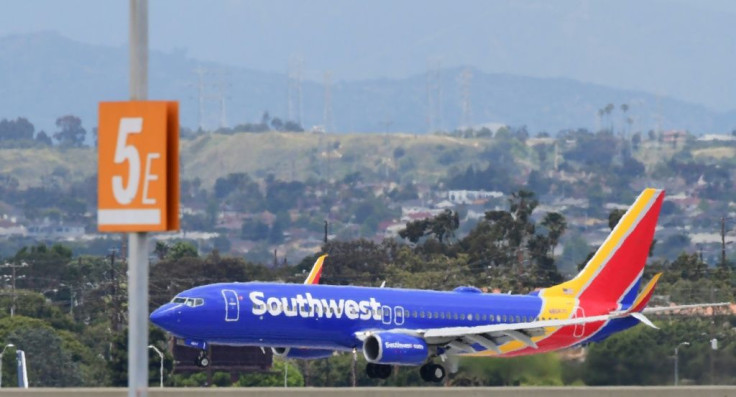Southwest Airlines' Cash Burn Improves Again
Building and preserving a cash stockpile has been the name of the game for airlines ever since the COVID-19 pandemic caused air travel demand to crater earlier this year. Southwest Airlines has been at the top of the industry in that respect all along. On Wednesday, the low-fare airline provided an optimistic update, reducing its forecast for third-quarter cash burn due to a continuing improvement in last-minute leisure travel bookings.
Another step forward
During the second quarter, Southwest Airlines' cash burn improved rapidly, falling from an average of $30 million per day in April to $16 million per day in June. But like other airlines, Southwest experienced a sharp deterioration in booking trends in July, due to a resurgence of COVID-19 cases in many parts of the U.S., including key markets like Florida, Texas, and Arizona. As a result, in conjunction with the Q2 earnings report, Southwest projected that core cash burn would average $23 million a day in the third quarter: similar to its overall Q2 performance.
Fortunately, the daily number of new COVID-19 cases in the U.S. declined rapidly during the month of August and the first part of September. As a result, air travel demand started to improve again.
A month ago, Southwest reported that core cash burn had averaged $17 million a day in July, $1 million better than its initial estimate. Additionally, the company noted that it had begun to see a slight improvement in leisure travel demand in August. As a result, it reduced its estimate for Q3 core cash burn from $23 million a day to $20 million a day.

Last week, Southwest said that daily core cash burn had averaged $19 million in August. It also stated that the modest uptick in demand that began last month has continued into September. Combined with deeper year-over-year capacity cuts relative to the summer, that will enable further progress on reducing cash burn. For the third quarter as a whole, the airline now expects average core cash burn of $17 million a day.
The fortress balance sheet remains intact
Southwest Airlines entered 2020 with the best balance sheet in the airline industry by far. It has reinforced its balance sheet and liquidity during the year by selling additional shares and convertible debt, participating in the federal government's payroll support program, and issuing a huge amount of new secured and unsecured debt.
As of Sept. 15, Southwest had $14.8 billion of cash and investments on its balance sheet, down from $15.2 billion four weeks earlier. This cash stockpile exceeds the company's debt load.
Furthermore, due to its slowing cash burn, Southwest's liquidity runway is growing. Based on its projected Q3 cash burn of $17 million a day, the airline has enough cash to last more than 28 months. It also has $12 billion of unencumbered assets -- excluding the value of its loyalty program -- that could be used as collateral for additional debt, if necessary.
Near-term risks remain
In its recent investor update, Southwest Airlines described demand as "inconsistent by region" and said that it would remain "cautious in this uncertain demand environment." Indeed, some warning signs are emerging. Europe has experienced a big second wave of COVID-19 cases in recent weeks. And just in the past few days, the number of new cases reported in the U.S. has started to creep up again.
It's too early to know if the U.S. will suffer another major wave of COVID-19 cases this fall, but with many schools and businesses reopening, it's certainly plausible. In recent months, U.S. air travel demand has been highly correlated with the spread of the virus, so a significant outbreak would be bad news for airlines.
This just highlights the importance of Southwest's stellar balance sheet. With nearly $15 billion of cash and investments on hand and ample borrowing capacity, the company doesn't have to worry about running low on cash as it waits for the end of the pandemic and the beginning of a sustainable demand recovery. That makes Southwest Airlines stock a solid choice for investors looking to bet on an eventual airline industry turnaround.
This article originally appeared in The Motley Fool. The Motley Fool has a disclosure policy.





















